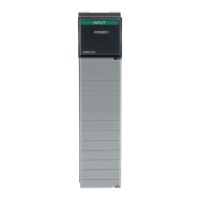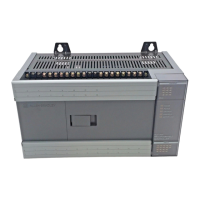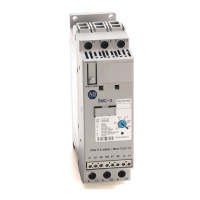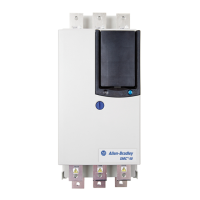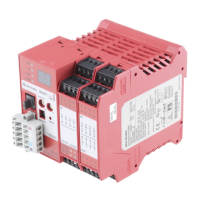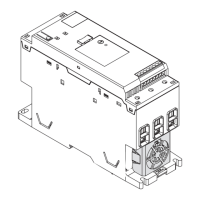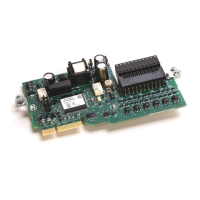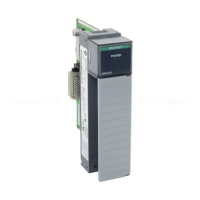Publication 1747-RM001G-EN-P - November 2008
SLC Communication Instructions 12-41
For SLC 5/03 (OS301 and higher), SLC 5/04, and SLC 5/05 processors, there
are four MSG buffers per channel. Each channel has its own 10-position MSG
queue. The SLC processor unloads the two MSG queues into the MSG buffers
evenly at end of scan or SVC. This gives both channels equal access to
communications. If you program a SVC instruction that is configured to
service only one channel, then only that channel will have its MSG queue
unloaded into the MSG buffers (until the next end of scan or SVC when both
channels will again be unloaded evenly).
MSG Instruction Error
Codes
When the processor detects an error during the transfer of message data, the
processor sets the ER bit and enters an error code that you can monitor from
your programming software.
Table 12.17 MSG Instruction Error Codes
Error Code Description of Error Condition
02H Target node is busy. The MSG instruction will automatically reload. If other messages are waiting, the message is
placed at the bottom of the stack.
03H Target node cannot respond because message is too large.
04H Target node cannot respond because it does not understand the command parameters OR the control block may have
been inadvertently modified.
05H Local processor is offline (possible duplicate node situation).
06H Target node cannot respond because requested function is not available.
07H Target node does not respond.
08H Target node cannot respond.
09H Local modem connection has been lost.
0AH Buffer unavailable to receive SRD reply.
0BH Target node does not accept this type of MSG instruction.
0CH Received a master link reset (one possible source is from the DF1 master).
10H Target node cannot respond because of incorrect command parameters or unsupported command, or the data file
specified does not exist.
11H Local file has constant file protection.
12H Local channel configuration protocol error exists.
13H Local MSG configuration error in the Remote MSG parameters.
14H Local communication driver is incompatible with the MSG instruction.
15H Local channel configuration parameter error exists.
16H Target or Local Bridge address is higher than the maximum node address.
17H Local service is not supported.
18H Broadcast (Node Address 255) is not supported.
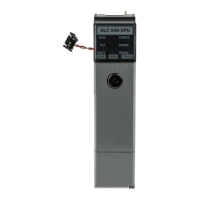
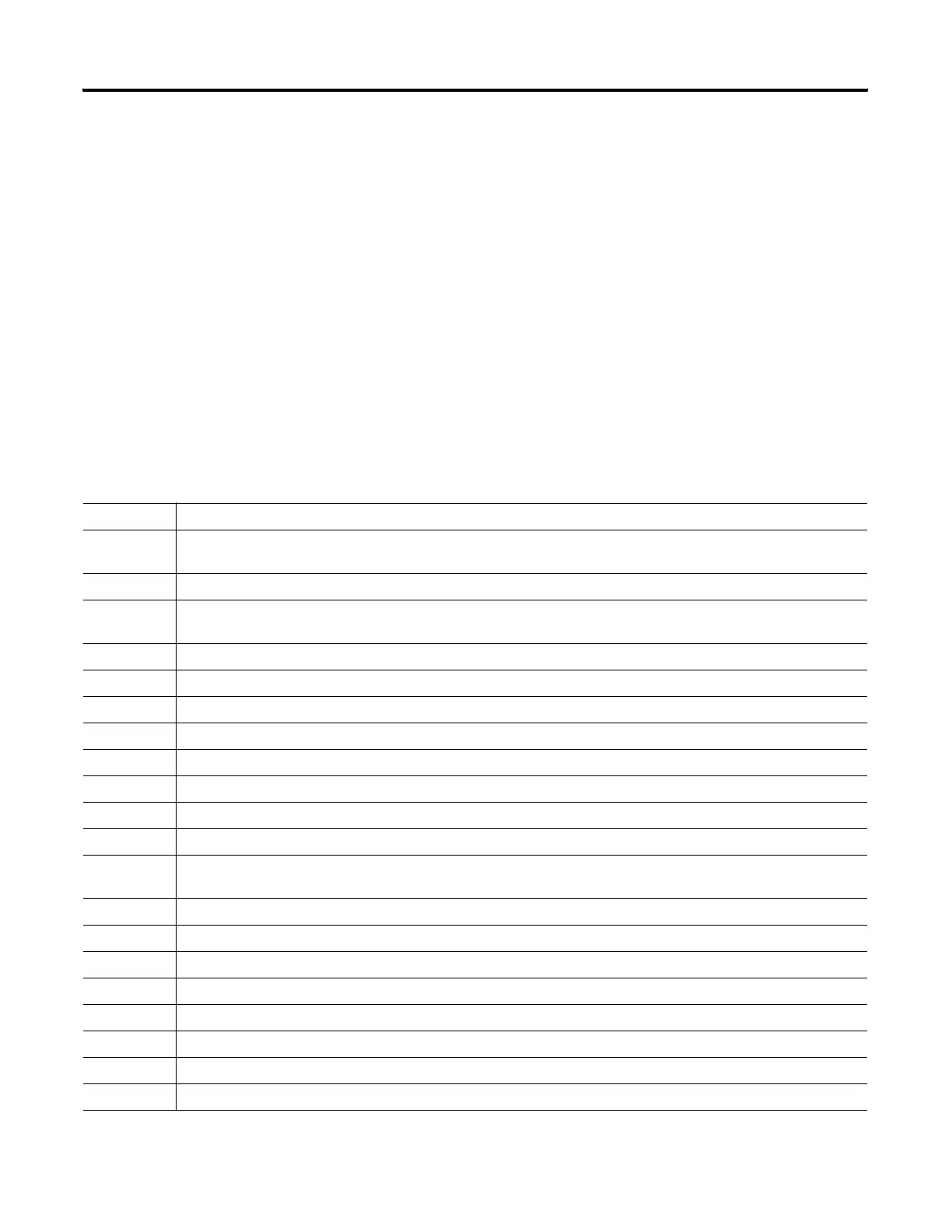